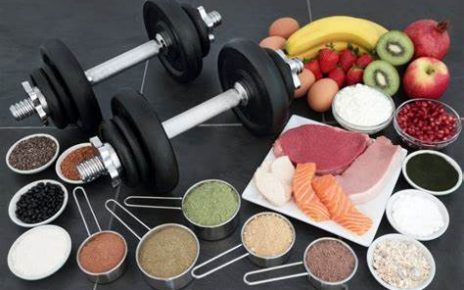When somebody ever got the epiphany to put way to the surface of a gun what amounted to a miniature telescope, it transformed the way we’d fire everlastingly. A shot will be no more decided by the shooter’s cognitive ability; objectives found out of sight were now simpler to select. The very first riflescopes have been fixed-power type, and metal tubes with glass were very simple-just. The history of optics progressed as time went on. Plastic lenses were becoming sharper, so variable pressure scopes came into the picture early. With the option to adjust a scope’s magnification, snipers will now have at their fingertips a much more versatile weapon.
Yet, it was a technology that transformed the field of optics. As for all those changes, the drawback is that you now have to pick from a dizzying selection. One can become completely confused, just struggling to make light of all this. You may opt for just a non-magnified, red-dot-type focal for nearby-range commitments, which enables ultra-quick to aim engagement whenever your fate is decided by mere seconds. For low strength, set, or variable, optical devices, modest shooting distances may be well supported. If you’re searching a little more for accuracy, distance shooting, or fishing, you’re going to want to begin looking at a more efficient optic.

Gloves and tubing
Riflescopes are still made from aluminum of aircraft-grade, which is extremely solid and far thinner than the steel tubes of yesterday. Aluminum is anodized or otherwise painted when it has been blued. There have been glittering scopes and dark models. The prior function mostly as alarm light that asks creatures, “Why to die if you could somehow run?”A shooter wants a brilliant set, like that of a recently polished tuba. The objective-lens storage, or bell (there’s one in front), as well as the ocular-lens housing, including bell (the one which can pop you mostly in eyebrow), have been at the opposite edges of the scope frame.
Support to the eye
This is the space between some of the lens bell as well as your head, and it’s vital since if you’re not using plenty of it, you’ll finally hear the soulful aluminum shattering eyebrow cracking.
A scope ought to have an exposed minimum of three inches with eye relief, and three and a half is much stronger for such a hunting rifle.
Adaptations
Both scopes include windage (lateral), height (up and down) variations, and orientation for the hand of the particular gunman. Most scopes designed for long-range shooting often have a parallax switch. Let’s start one by one of them.

This is in the field of changes to windage and height, where scopes are the farthest from perfection. These are operated by either dials or knobs, mostly on the change column, which is situated halfway down the tunnel.
Magnification
Fast magnification is now in vogue. However, most of the moment, you might not need any of those Xs because most of the period, more strength is a handicap, mirage, noticeable shake, heft, weight, and size.
Nowadays, the scope with variable power is powerful, since it provides a level of flexibility which is helpful.
Probably the biggest recent advancement in optical sights, that has gained the most from ordinary shooters has been the significant increase in low-end scopes. And still, I’ve also thought that you’re right in spending a fortune for two items of equipment: lens and binoculars. My recommendation is to visit this https://opticzoo.com/best-diaphragm-turkey-calls-reviews/ then, go out and find the highest potential variety you believe you can manage — and then purchase one which is the best.




